The beauty of Wanda’s stock yards bar
As you get older the world moves faster.
And you look for things to hold on to.
That was the case with Wanda Kurek. She was the beloved owner-operator of Stanley’s, 43rd and Ashland on the south side of Chicago.
Stanley’s was the last tavern of the infamous Whiskey Row near the Union Stock Yards. Wanda died on Tuesday at the age of 95. She had been in declining health after suffering a fall last autumn.
During the 1920s more than 45,000 people worked on the 350-acre stockyards site. My Dad was one of them. So was blues-folk musician Roebuck “Pops” Staples. So was Wanda’s father Stanley. The stockyards closed in 1971.
But Stanley’s never left.
Stanley Kurek worked in the pickling house of the Wilson & Company meatpacking company. The Polish immigrant opened his first tavern in 1924 on the east side of Ashland. He built the current two-story red brick space in 1935. The classic maple bar is union made and union strong.
“I wish they would have kept the stockyards,” Wanda told me in August 2013 when I stopped by for a cold one. “People don’t know what a pig looks like. Or what a cow looks like. Except they look like pigs when they dress.” Wanda looked out the tavern window. She wasn’t finished. She added, “Now there’s just a lot of empty buildings and land.” During the Depression, Stanley’s served free lunches with ham and liver sausage. The meat for Stanley’s hamburgers now comes from James Calvetti Meats, one of the last purveyors near the stockyards.
Stanley’s still has a ‘45 Rock-Ola jukebox, three plays for a quarter. Wanda rarely played the jukebox. She preferred watching television shows like “Judge Judy.” I asked Wanda if she saw the Beatles in August, 1966 at the since-razed International Amphitheatre, 4220 S. Halsted “I don’t like them,” she declared. “This jukebox has what I like. Frank Sinatra. Marion Lush (polka vocalist). It’s not that crap they’re playing today where they have fits where they dance.”
Running the bar was a tall order for Wanda, who stood 4’11. She acted as feisty as a Chicago winter but she had the charms of an endless summer. After all, she was a graduate of the Vogue School of Fashion and in the 1950s owned a dress shop named “Joni’s.”
Wanda lived upstairs from Stanley’s and would walk downstairs every morning and faithfully open her father’s tavern. When I visited her she wore a sharp green sweater with zebra stripes. She was the best- dressed woman in Back of the Yards.
The beer and shot bar is not open on Saturdays and Sundays. Wanda did open the bar for Sunday Chicago Bears games. Stanley’s has one of the oldest continuous liquor licenses in Chicago. Stanley died in 1957, three years after he installed the current beer taps.
Wanda always remembered the early 1940s when neighbors would bring a six-inch high pail to the bar, fill it up with beer and cart the brew home. There was a time in Chicago history when it was safer to drink pasteurized beer than tap water. Stockyard workers also didn’t trust banks during the Depression. They would cash their checks at Stanley’s.
Stanley’s was located in the middle of Whiskey Row, which was birthed in 1924 and began shutting down when Wilson meatpacking closed at 41st and Ashland (now the site of the Swap-O-Rama flea market.) Stockyards third shifters would start drinking at 7 a.m.
“Every building was a bar from 41st Street to 43rd Street,” Wanda told me. “Down 43rd all the way to Walcott. It used to be on a Sunday morning after mass each table had two guys playing (the card game) ‘66’. We were open seven days a week from 1924 until 1983. Then we started to close on Sundays.”
Wanda did not miss the whore house that was a couple of blocks north of the tavern on Ashland. “We called it Stinky Stella’s,” she said. The stink was part of the atmosphere during Wanda’s youth. Local resident and author Dominic A. Pacyga quoted the Back of the Yards street rhyme in his fine 2015 book “Slaughter House” (University of Chicago Press): “Roses are red, violets are blue, the stockyards stink and so do you!”
Wanda said she was six months old when her Mom started bringing her to the bar. She recalled, “My oldest brother (Wally) was a lawyer. My older sister (Estelle) was the director of nursing at the University of Chicago. My sister Joanie and her husband George had a case factory at 48th and Christiana (Avenue). My brother Ted ran the bar from 1957 until 1983.
“When my brother died in 1983 I got stuck with this.”
She did not smile.
Wanda attended Gage Park High School the first year it opened (1940). She was a member of the Legion of Young Polish Women. Her greatest memories of Stanley’s was when World War II ended. She said, “My Dad practically gave the place away because his two sons were coming home. Everybody was happy. Both my brothers were in the Army. Today we got a bunch of yellow bellies.”
The real -life inspiration for the 1948 noir film “Call Northside 777” happened in a hold up at a deli at 4312 S. Ashland, a stone’s throw from Stanley’s. Jimmy Stewart plays Times of Chicago reporter James McGuire trying to clear the name of Joe Majczek, wrongly convicted of a 1932 murder of a Chicago cop. Wanda recalled that portions of “Call Northside 777” was filmed near the since-closed iconic Schaller’s Pump, 3714 S. Halsted. “Call Northside 777” was the first feature film to be shot in Chicago.
Wanda never married.
“I’m looking for a rich old man,” she told me at the age of 89.
Longtime Back of the Yards resident and Chicago DJ Joe Bryl would check in on Wanda at least once a month. Wanda remembered Bryl’s mother and father, who were Back of the Yards residents. “We find time to connect with people,” Bryl said Wednesday. “She was my connection to the neighborhood, how it was. She had all the history. As a child, I would go into the stockyards when it was closed down. My friend Paul and I would ride our bicycles through there and go into the abandoned buildings.”
But Stanley’s remained.
It is filled with memories that can be held closer to the heart from the inside than life on the outside.
Visitation for Wanda is from noon to 8 p.m. June 23 at Wolniak Funeral Home, 5700 S. Pulaski. Services are 9:30 a.m. June 24 at St. Gabriel Catholic Church, 600 W. 45th St. (at Wallace St.).
Stanley’s is closed through June 26.

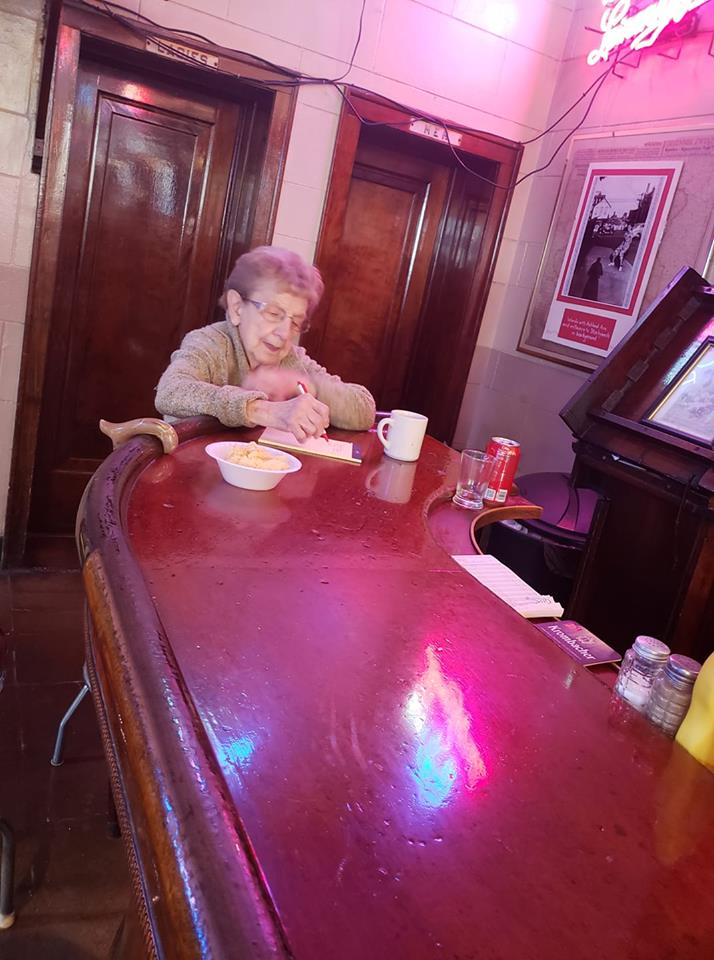
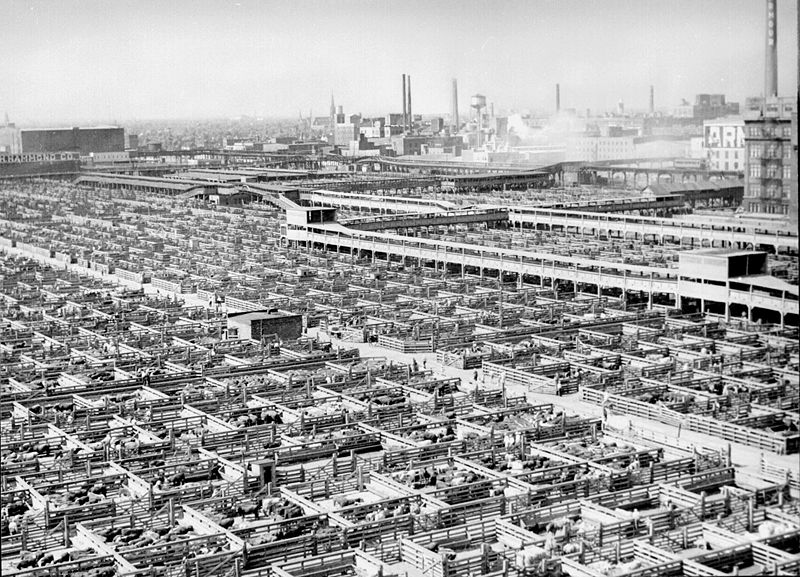
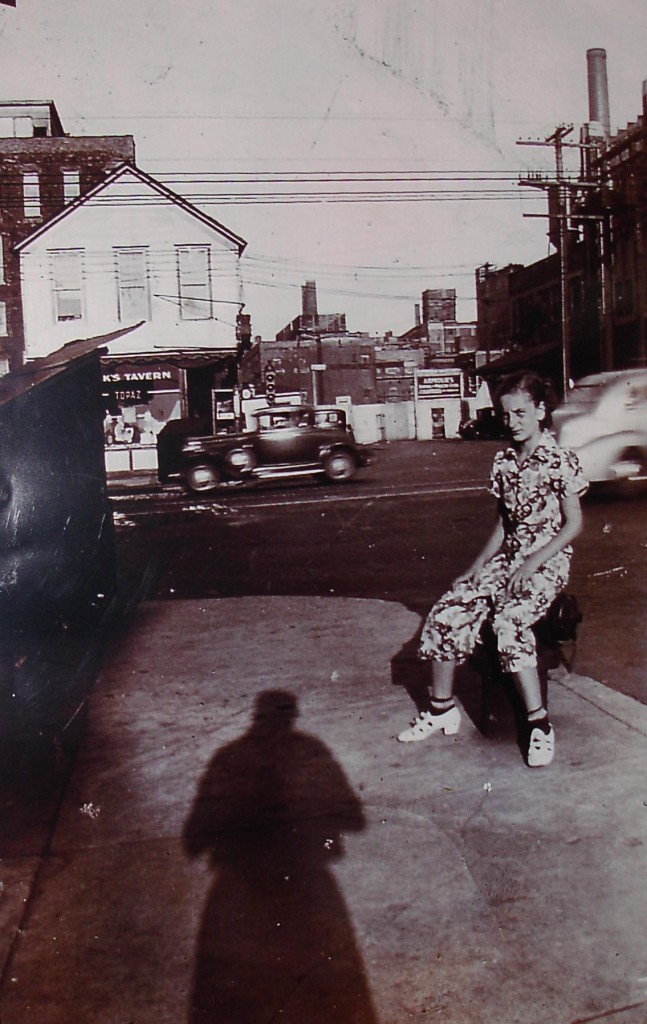
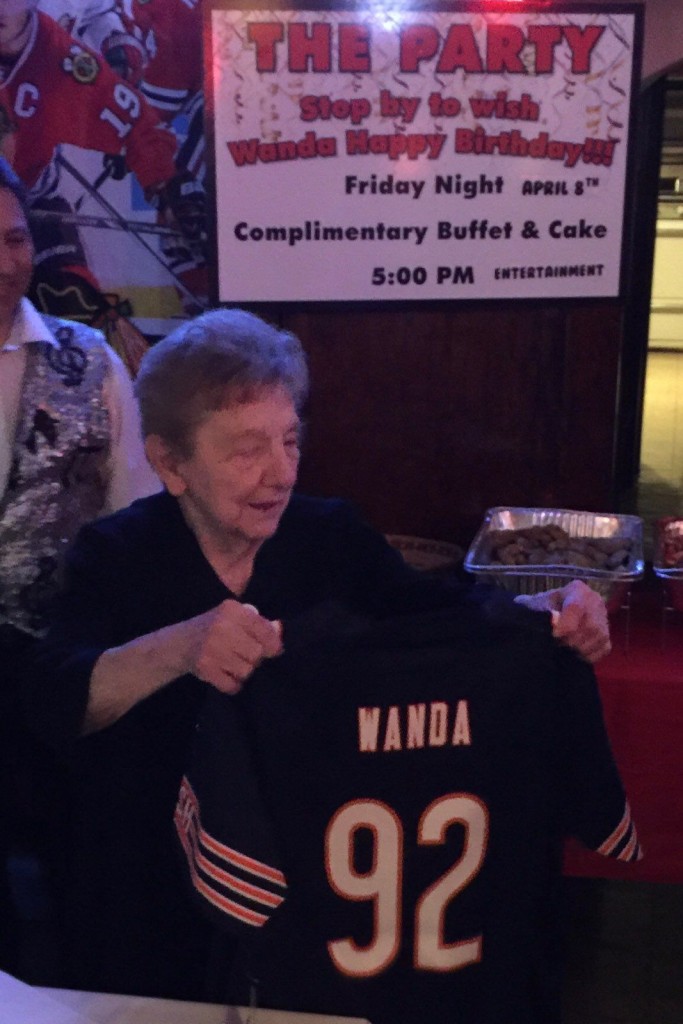
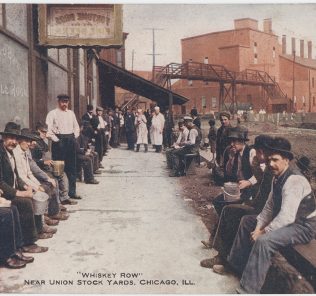
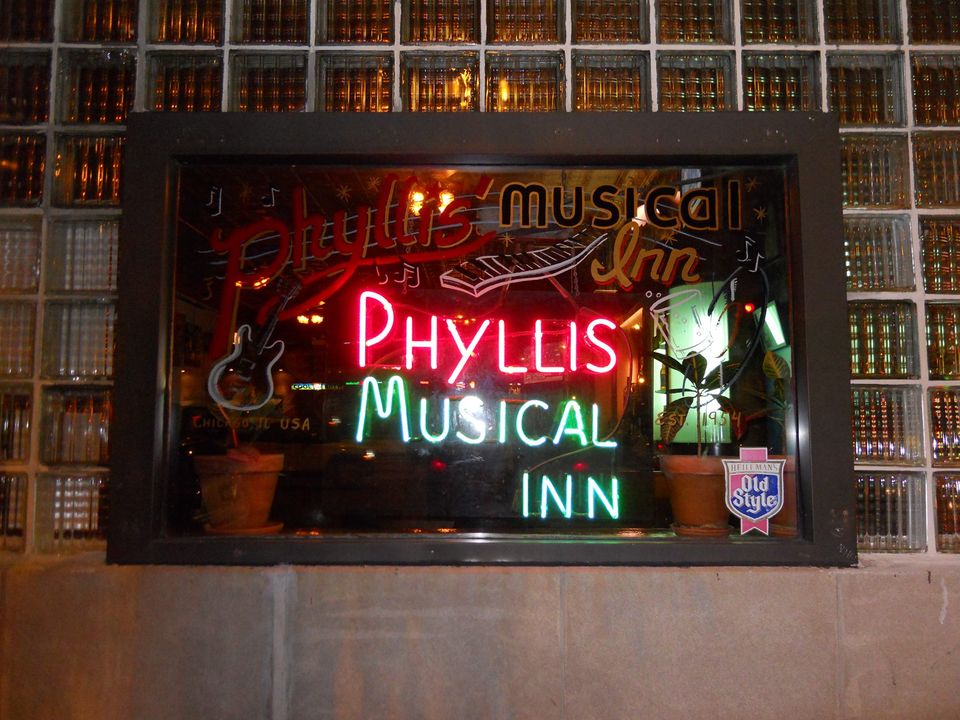
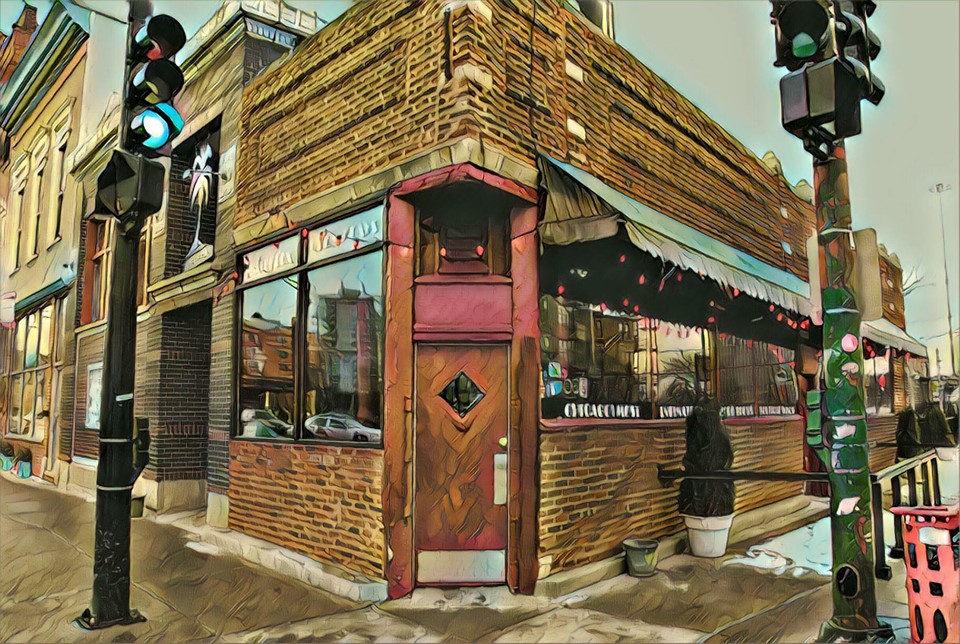
Steve Mendel first took me to Stanley’s. The very next night I took my wife to Stanley’s. And she immediately said, “We’re having our twentieth wedding anniversary party here.” Which we did. I always told Wanda, “I spent the first 52 years of my life NOT coming to Stanley’s. Now I’m gonna make up for lost time.” Wanda was a gem. She made this Iowa hog farmer’s son feel like he truly belonged in Chicago.
Hi Ken, Thank you! I’ll be reaching out about a little tribute I want to for her on my WGN-AM show.